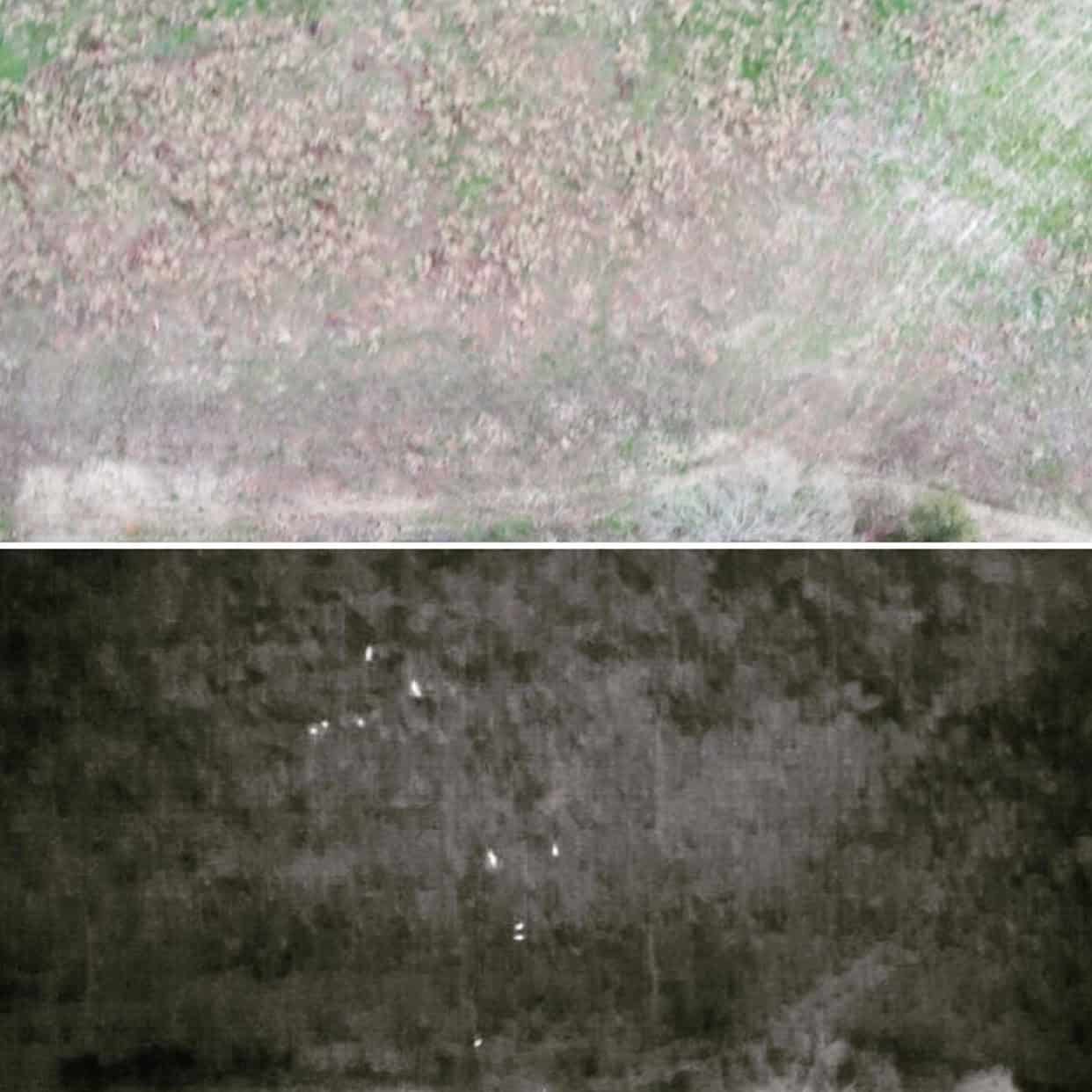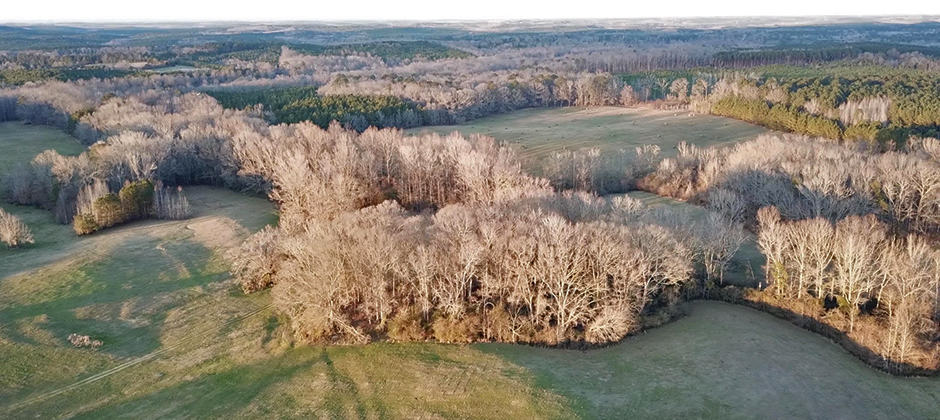Share this article
WSB: Drones with thermal cameras estimate mammal abundance
Researchers are using thermal sensor-equipped drones to count wildlife.
The application of thermal cameras with drones has enormous potential, said Jared Beaver, an assistant professor and wildlife specialist at Montana State University and the lead author of a study published recently in the Wildlife Society Bulletin. In the future, the tool could be used for counting mammal populations in a given area and conducting presence-absence surveys. It could also help researchers detect the early appearance of invasive species or track large predators in order to predict where potential human-wildlife conflicts might occur.
When Beaver was conducting his postdoctoral work at Wake Forest University in North Carolina, he realized that nobody had adequately tested whether drone footage could accurately estimate the number of wildlife on the landscape.
He and his colleagues at Wake Forest equipped drones with thermal cameras and took them to a 430-acre facility at Auburn University in Alabama where collaborators with the university extensively monitor white-tailed deer (Odocoileus virginianus). In the closed area, the researchers at the facility use multiple techniques including cameras and capture-and-releases to develop population estimates.
Beaver and his colleagues conducted autonomous flights with the drones over the whole area at different times of the day in March 2017.
Enlarge

Credit: Max Messinger, Director, Unmanned Systems Lab, Wake Forest University
Using footage from the drones, they conducted deer counts without knowing what the facility’s counts were. After comparing their results, they found that the population counts from their drones were 90% to 92% accurate when thermal contrast was optimized during evening flights. The ability of researchers to precisely replicate drone flights in the future will give researchers the ability to detect small changes in population trends across surveys.
The team also found that they didn’t necessarily need to survey the whole area to get an accurate estimate of deer numbers. By flying the drones over 10% to 20% of the facility, they were able to get an accurate estimate of the whole area.
Beaver said that evening flights were much more consistent with the facility’s population estimates than morning flights were. He and his colleagues recently received approval to conduct night flights to see if surveys at this time improve the accuracy of deer counts.
Similar techniques could be used beyond population counts, Beaver said. Drone technology and sensors will only continue to improve, combining it with artificial intelligence algorithms could allow for rapid and comprehensive assessment of a number of different species simultaneously while also improving our ability to monitor and control invasive species such as feral swine (Sus scrofa). Drones with thermal sensors could also be used to aid with monitoring large predators like bears in order to help focus resources and provide much needed support towards landowners in an effort to minimize and mitigate potential conflicts with both humans and livestock.
This article features research that was published in a TWS peer-reviewed journal. Individual online access to all TWS journal articles is a benefit of membership. Join TWS now to read the latest in wildlife research.
Header Image:
Drones are being used to count wildlife on the landscape.
Credit: Max Messinger, Director, Unmanned Systems Lab, Wake Forest University








